Discovered in Morocco in 2001, NWA 1068 is a rare and scientifically valuable Martian meteorite that offers a unique window into the volcanic and impact history of Mars. Classified as a basaltic shergottite, this meteorite is composed predominantly of two major silicate minerals: olivine and pyroxene. These minerals are common in volcanic rocks and indicate that NWA 1068 crystallized from molten lava on the Martian surface or within its crust, providing direct evidence of the planet’s past volcanic activity.
What sets NWA 1068 apart from other Martian meteorites is the presence of shock veins—thin, dark lines that run through the rock, formed by the intense pressure and heat of a high-energy impact event. These shock features suggest that NWA 1068 was ejected from Mars’ surface during a violent collision with another celestial body, possibly an asteroid. This same impact propelled the rock into space, where it journeyed for millions of years before landing on Earth.
In addition to its volcanic minerals, NWA 1068 contains phosphate minerals such as merrillite and apatite. These phosphates are particularly important to scientists because they can retain geochemical signatures of Mars’ interior and provide clues about water-related processes on the planet. Some phosphate inclusions even suggest limited interaction with water, which has significant implications for understanding the geologic and possibly habitable conditions of ancient Mars.
Detailed laboratory studies, including electron microprobe and isotopic analyses, have been conducted on NWA 1068 at institutions around the world. These investigations aim to determine the age, formation history, and alteration processes of the meteorite, helping scientists reconstruct Mars’ complex geological timeline.
Today, NWA 1068 is not only a prized sample for planetary science but also a valuable addition to museum and private collections. Its mineralogical richness, shock features, and Martian origin make it an exceptional specimen—one that continues to deepen our understanding of the Red Planet’s dynamic and tumultuous history.

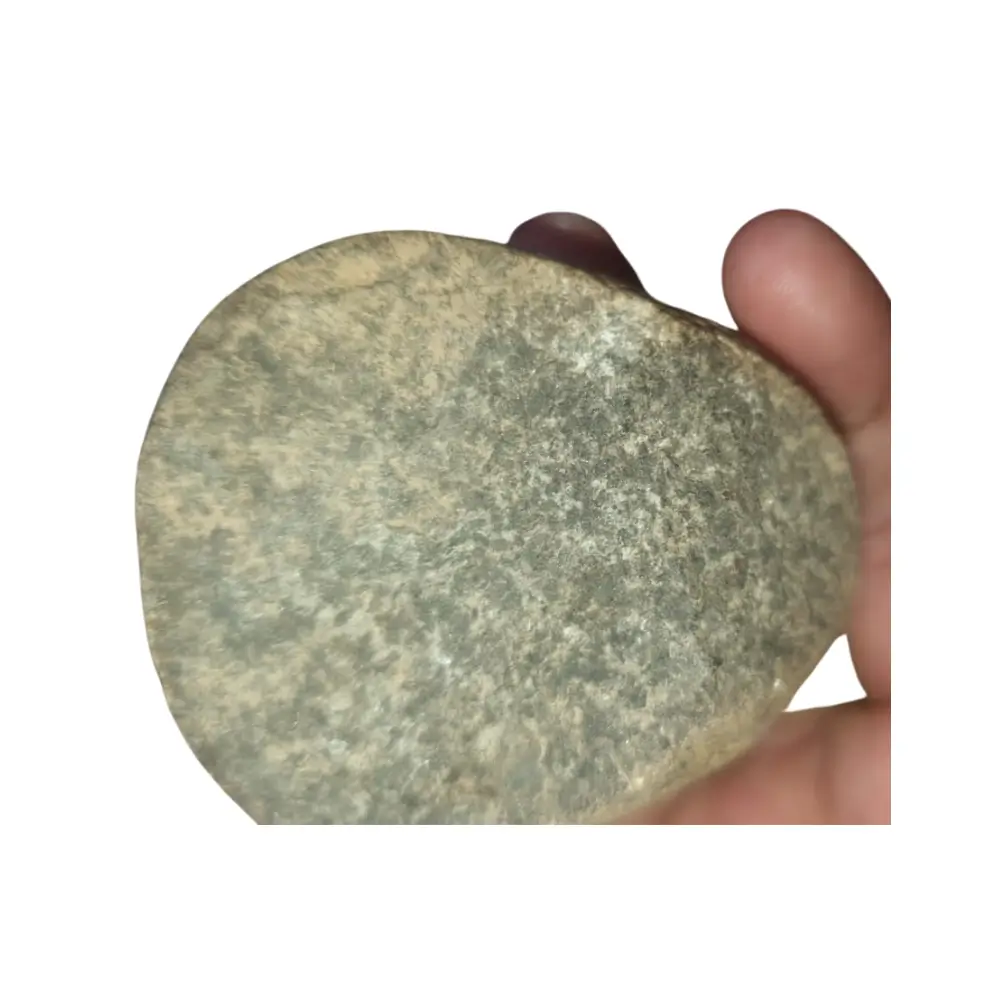
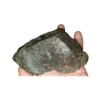
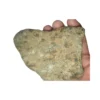
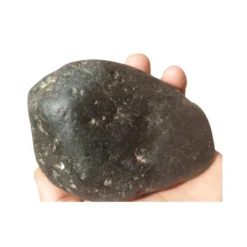

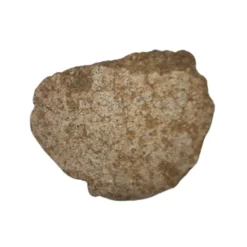

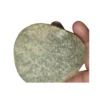
Reviews
There are no reviews yet.